D1: Biodiversity
Type of resources
Available actions
Topics
Keywords
Contact for the resource
Provided by
Representation types
Update frequencies
status
Scale
-
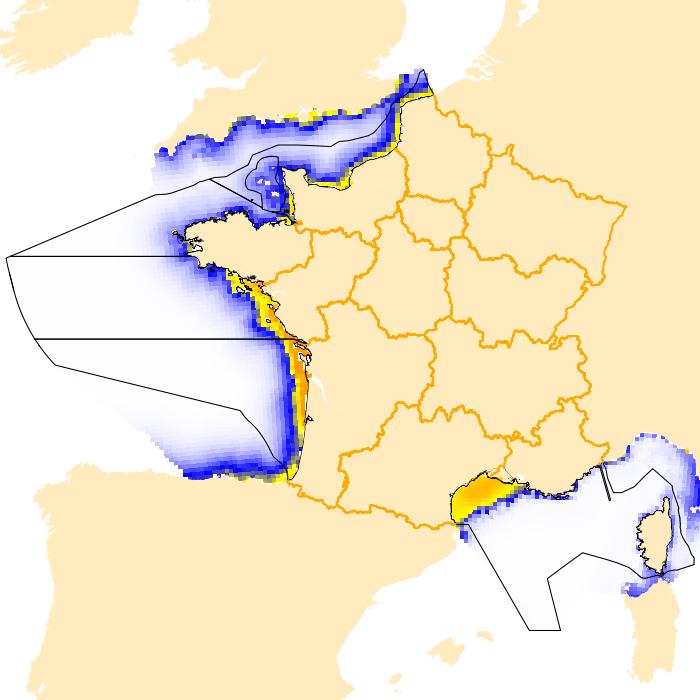
-
The analysis concerns the assessment of the overall state of the coastal and transitional waters of the Western Channel and the Bay of Biscay. It results from the combination of the ecological status and the chemical status of each water body according to the rules of the European Water Framework Directive (WFD). The most recent assessment of the state is presented in the DCE Loire-Bretagne atlas. Earlier reports are available in annual archives.
-
The aim of this project is to develop an eco-physiological model to predict production flow of certain species of planktonic Foraminifera, which are representative of the main ecological system, as well as their habitat (depth, season), from climate forcing. The eco-physiological and geochemical/isotopic characteristics must be determined by the data obtained during cruises. The data from closing nets and sediment traps will be used to evaluate flows from different Foraminifera and the acquisition of their isotope and geochemical signals according to the depth of their habitat and their development cycle. The project is linked to ANR FORCLIM (coordinator L.Labeyrie, LSCE). Data is organised into two parts : 1/ measurements of physiochemical and biogeochemical parameters in the water column ; inventory of planktonic Foraminifera - 2/ Measurements of biogeochemical parameters and the interface between sediment and water: inventory of benthic Foraminifera fauna. The campaign is connected to the STEEPL Observation Service (Temporal monitoring of benthic and planktonic ecosystems in the Landes plateau) – OSUNA funding (Nantes Angers Sciences of the Universe Observatory).
-
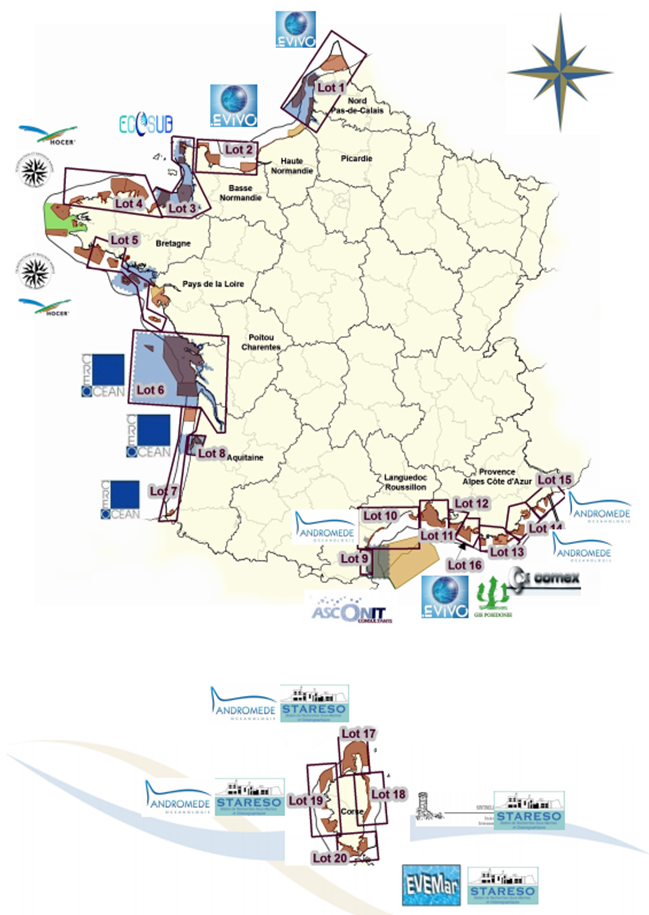
The inventory of national marine habitats in mainland France was undertaken at the request of the Ministry for Sustainable Development. Its primary objective is to meet local requirements with regards to designation of sites of ecological importance which are joining the European Natura 2000 Network as part of the “Habitat, fauna, flora” directive (DHFF) from 1992.
-

-
-
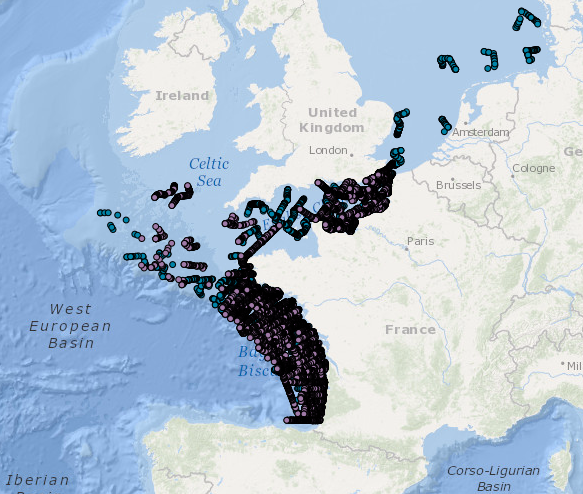
Occurrence data for marine mammals, birds and other marine megafauna collected by Megascope on fishing and oceanographic surveys (date, position, species).
-
The effect of Maerl extraction on Benthic Communities in the Glénan Archipelago.
-
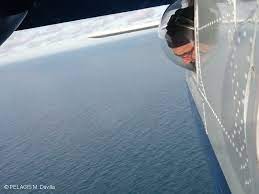
The associated data highlights the sampling programme for the data acquisition campaign of Observation on the Aerial Platform for the SAMM2 campaign (Aerial Marine Megafauna Monitoring) conducted by the PELAGIS observatory.
-
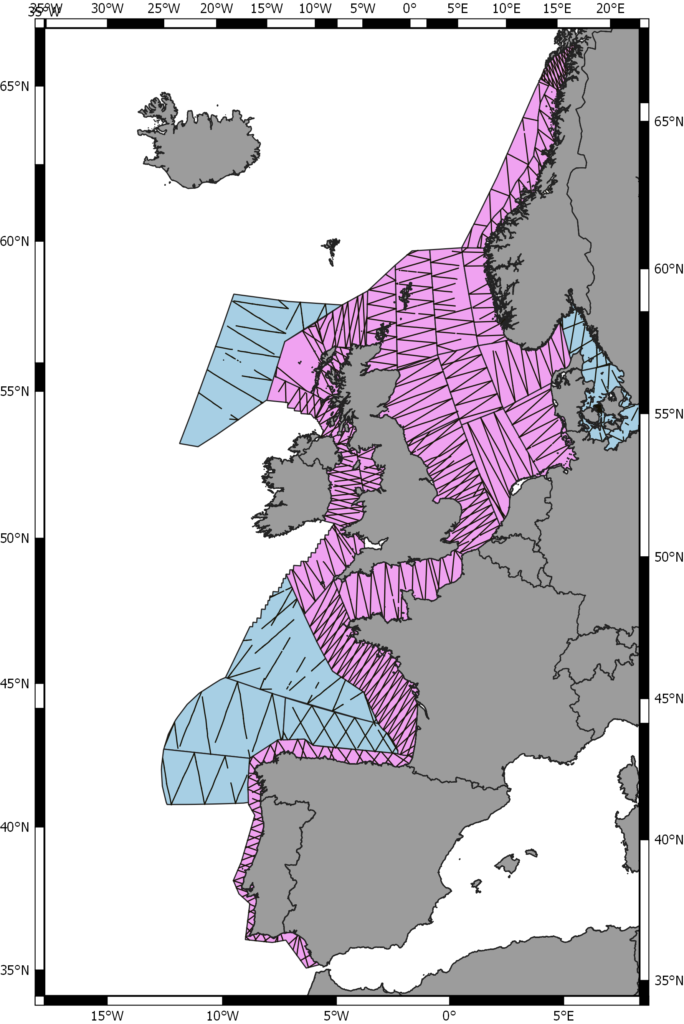
 Catalogue PIGMA
Catalogue PIGMA